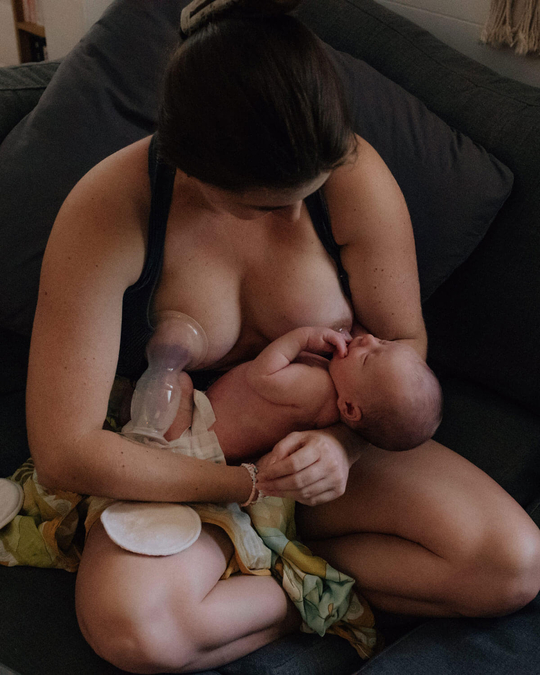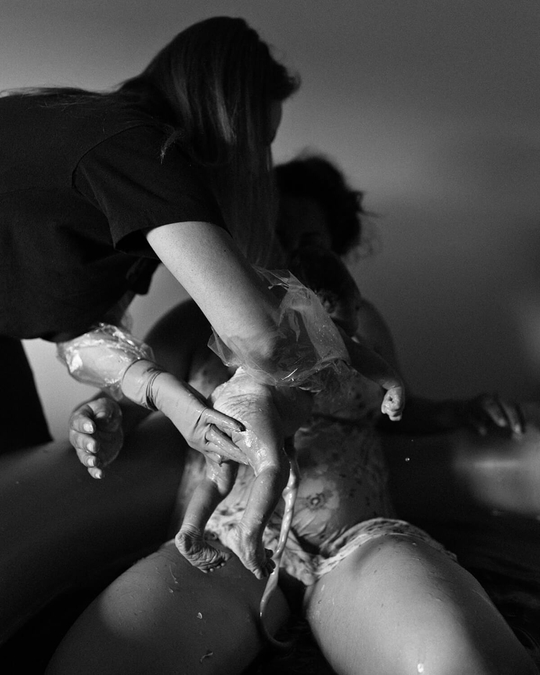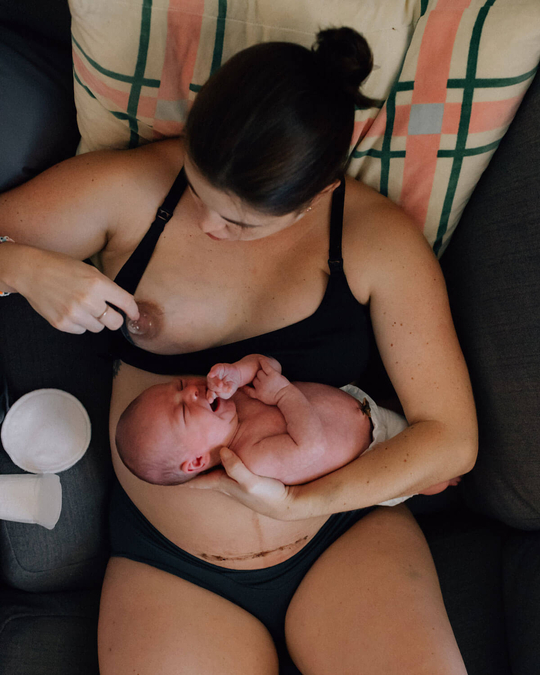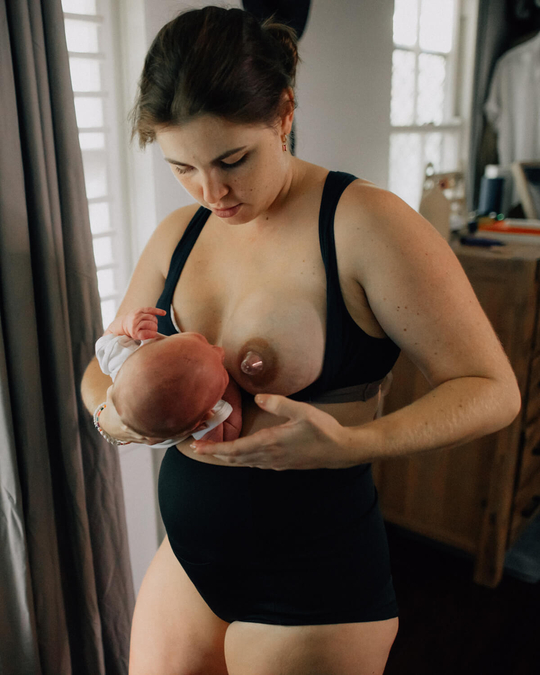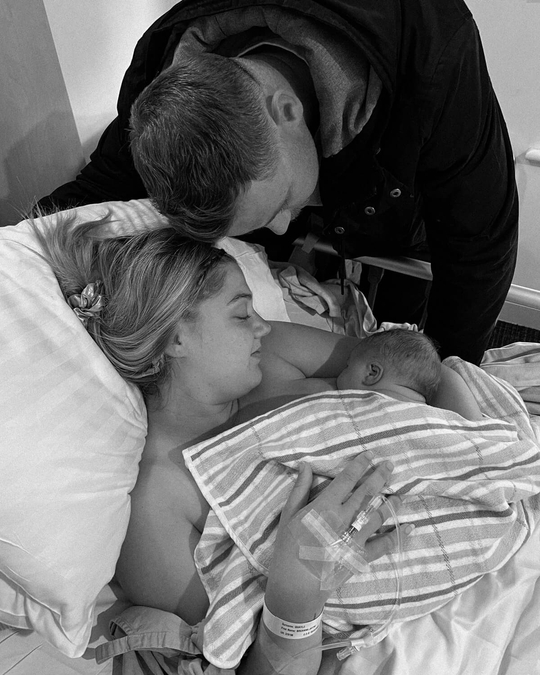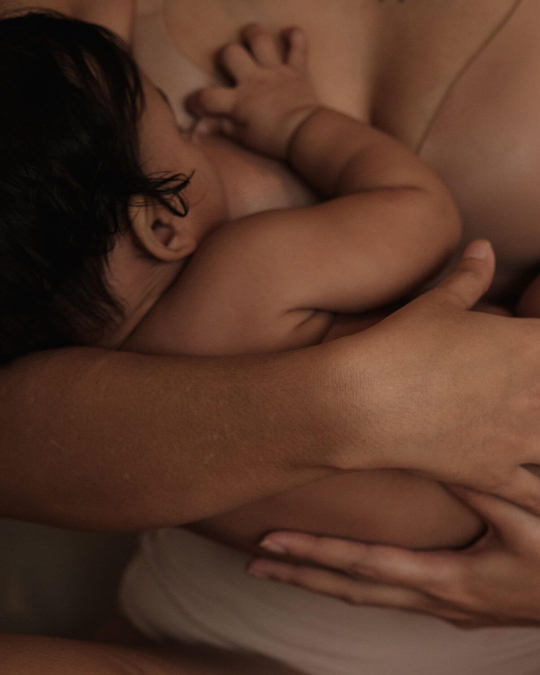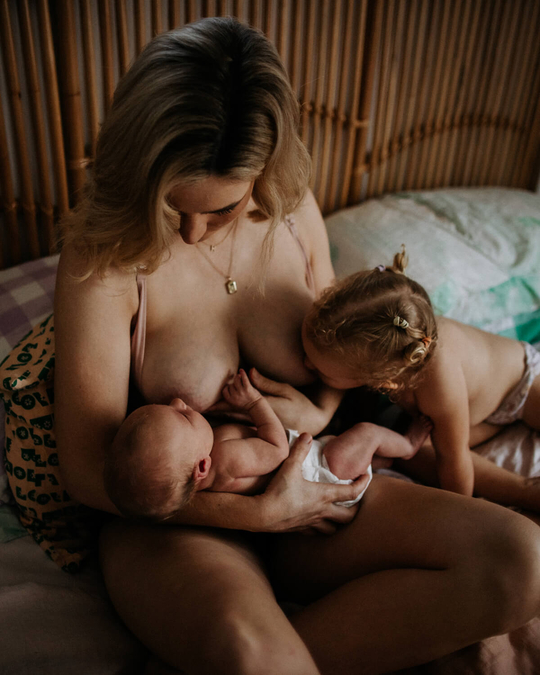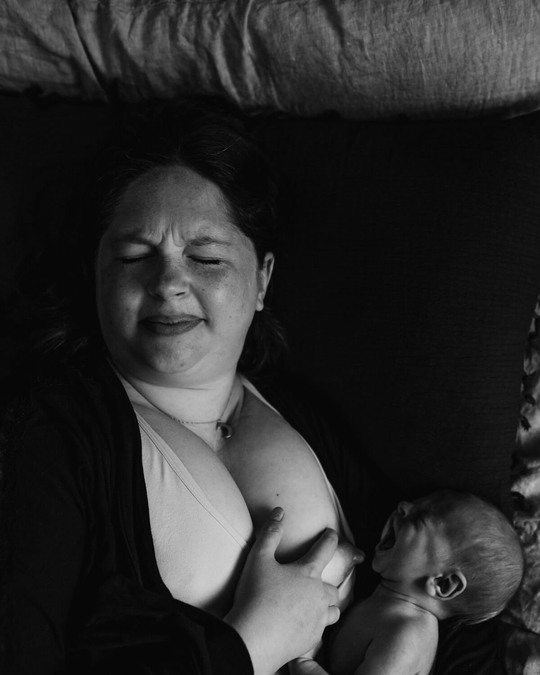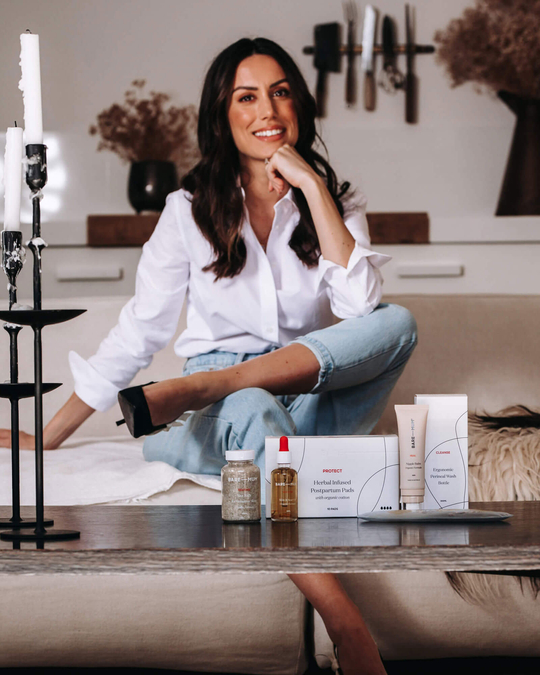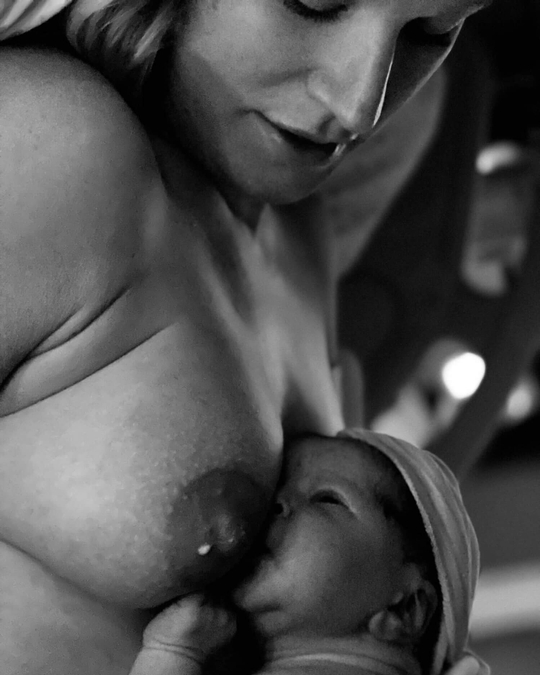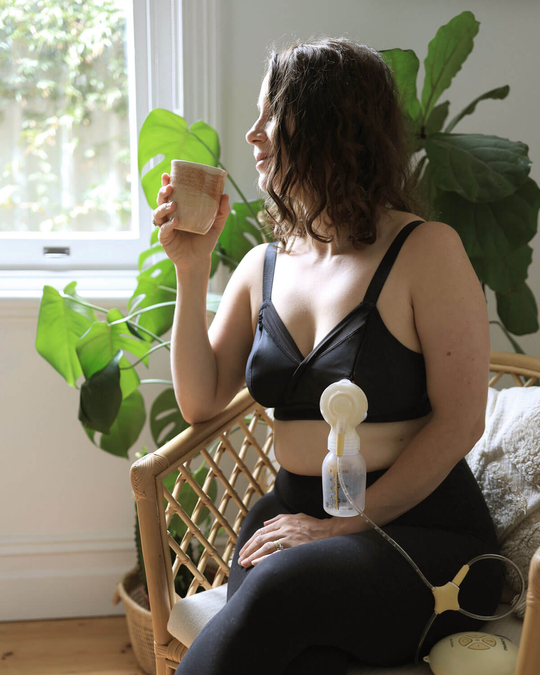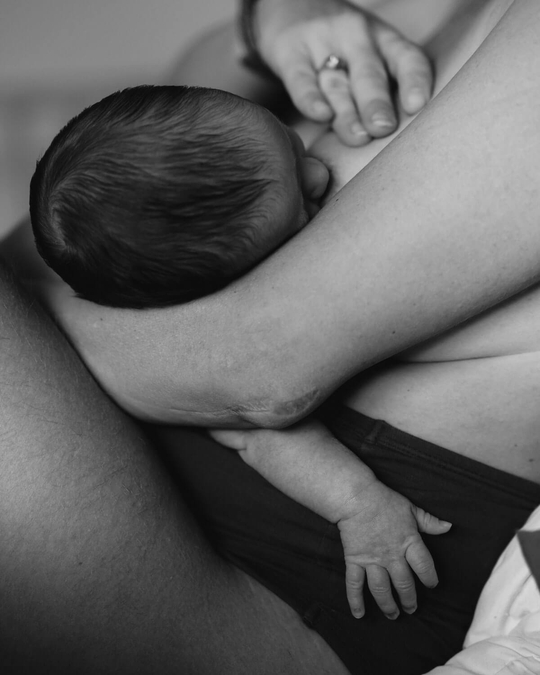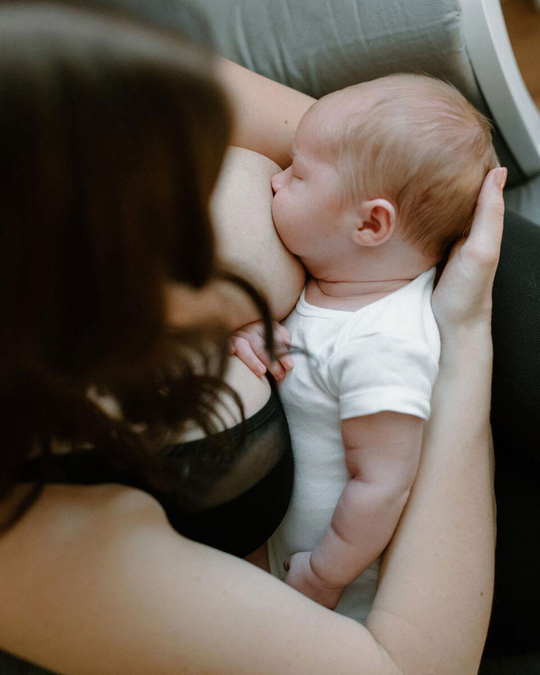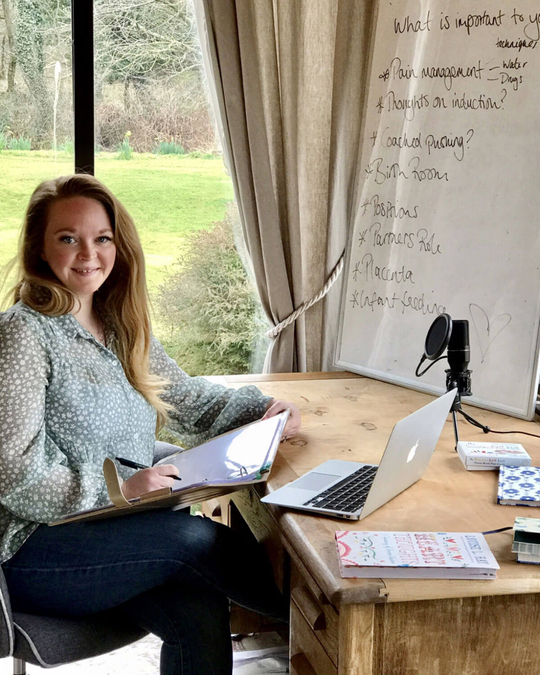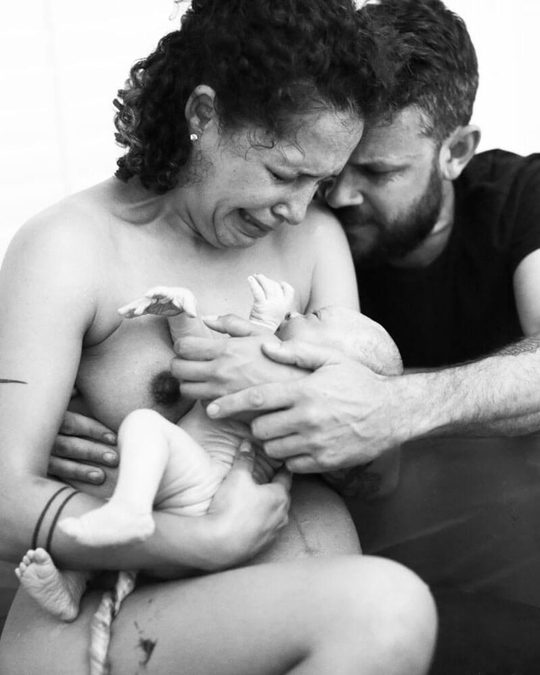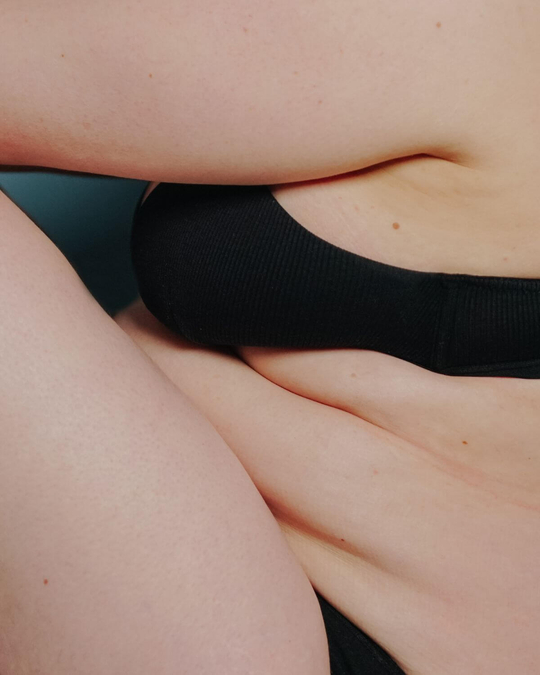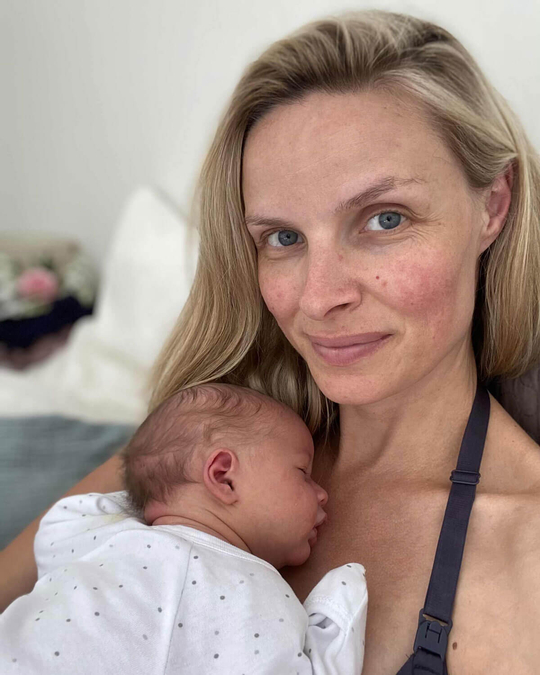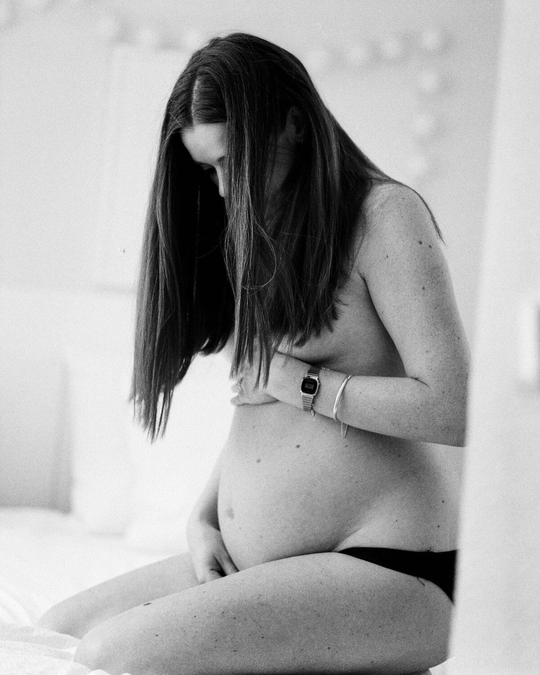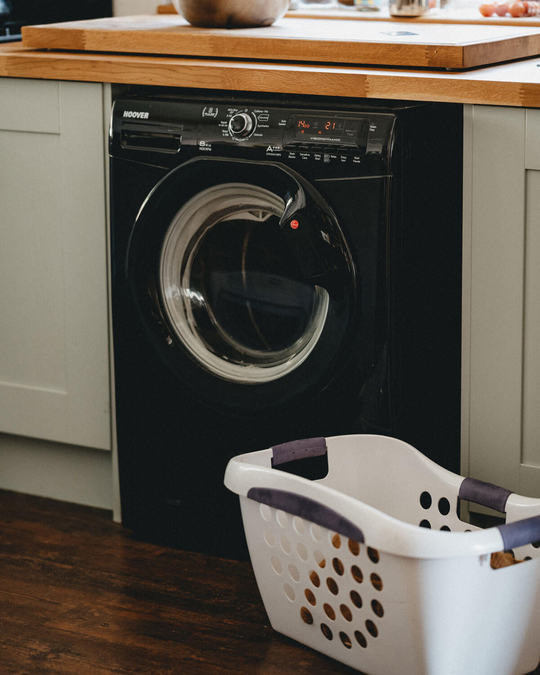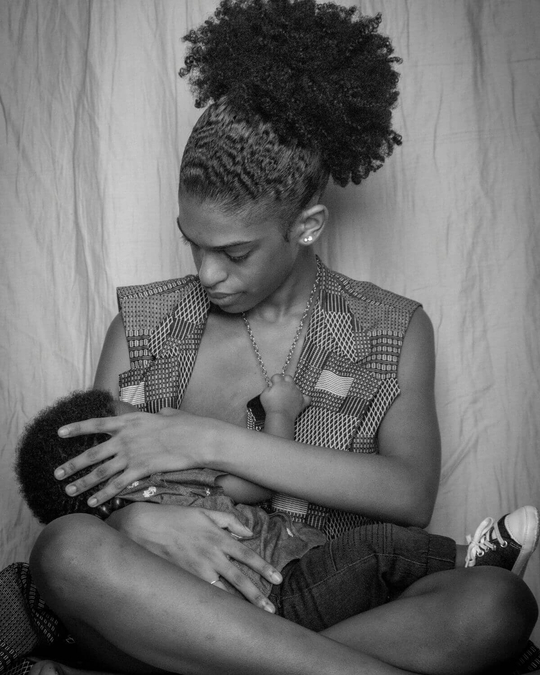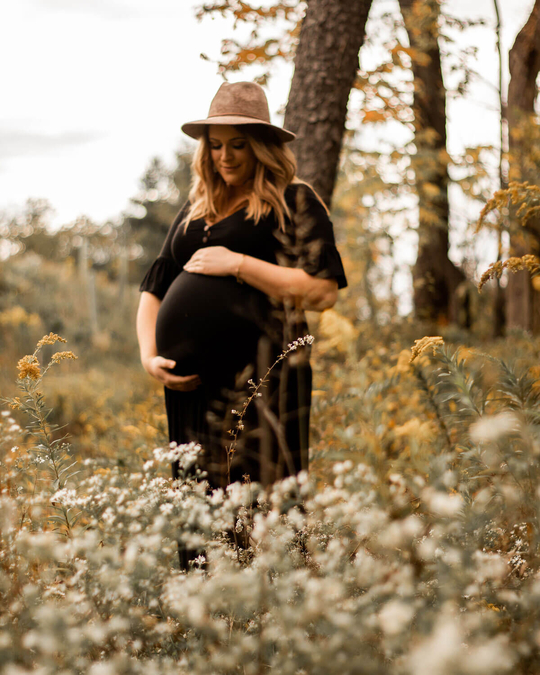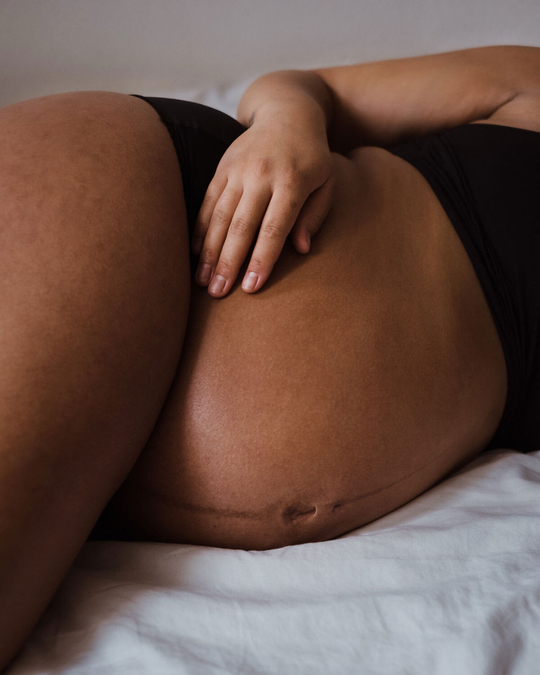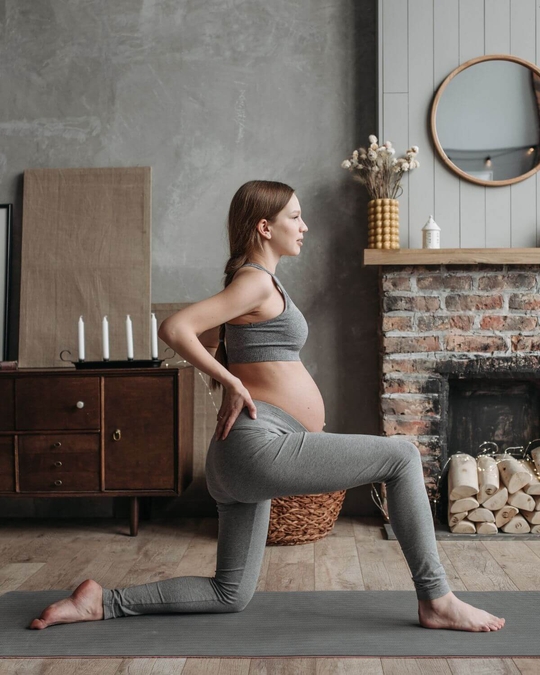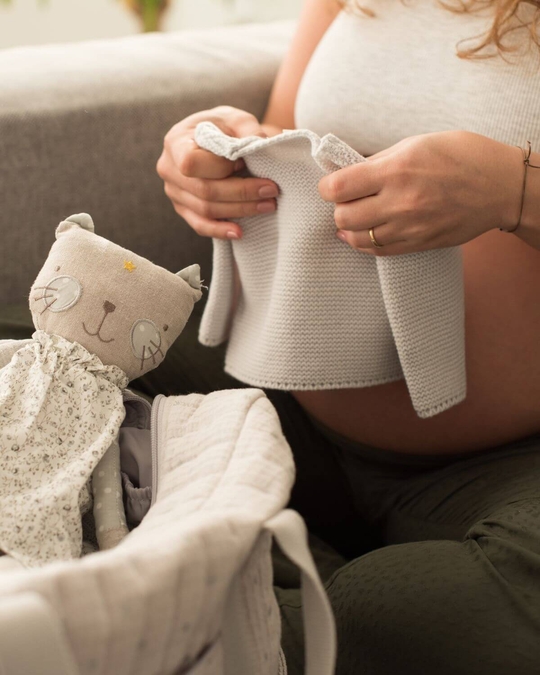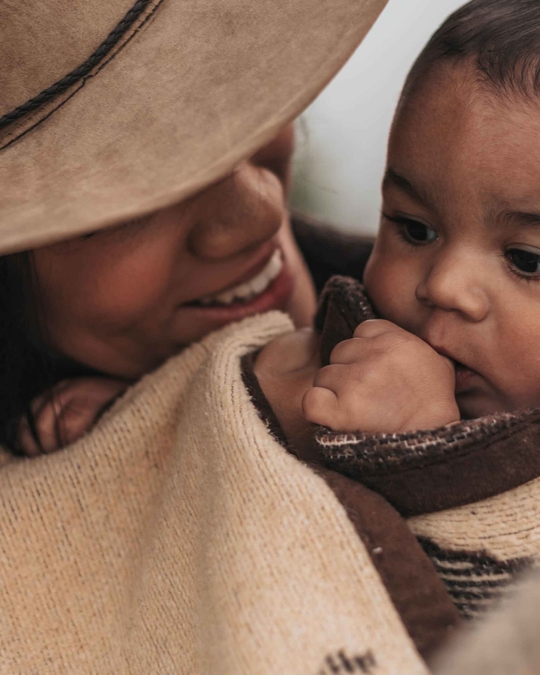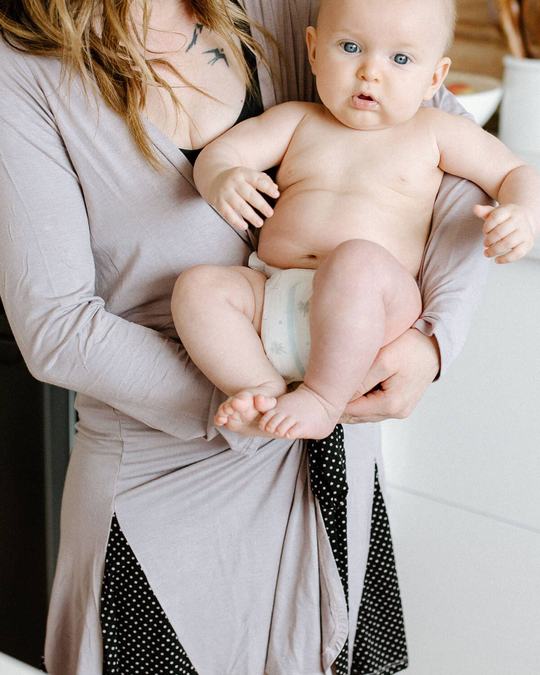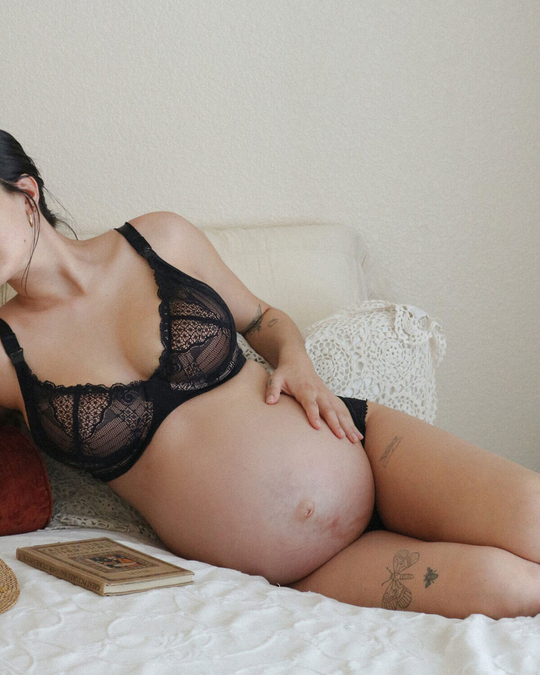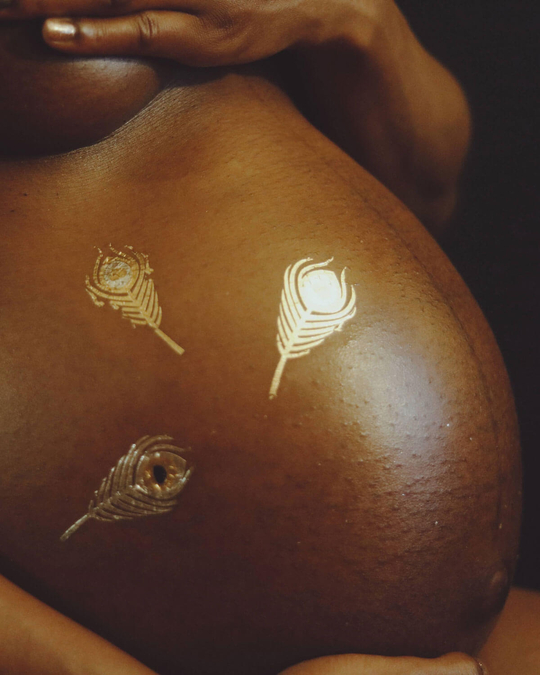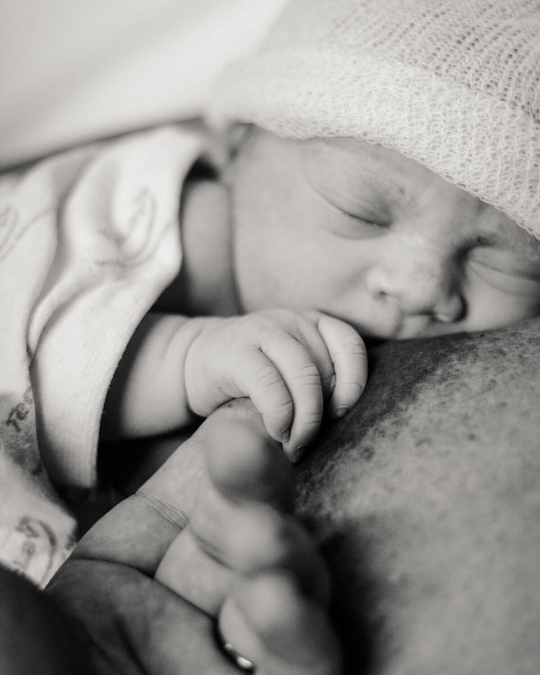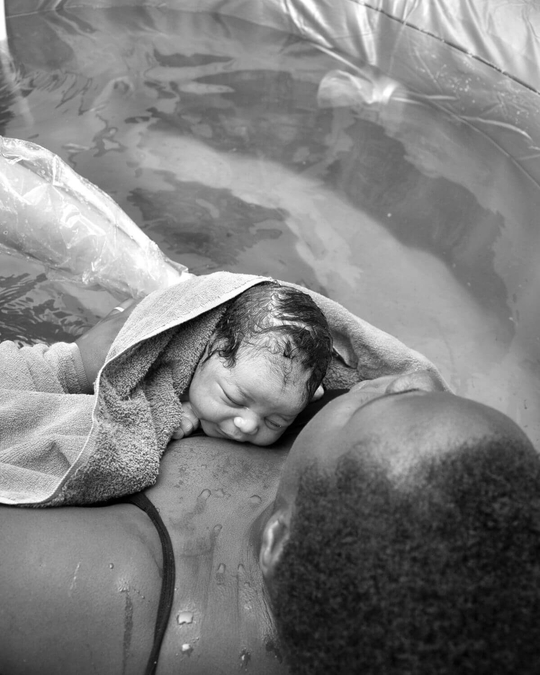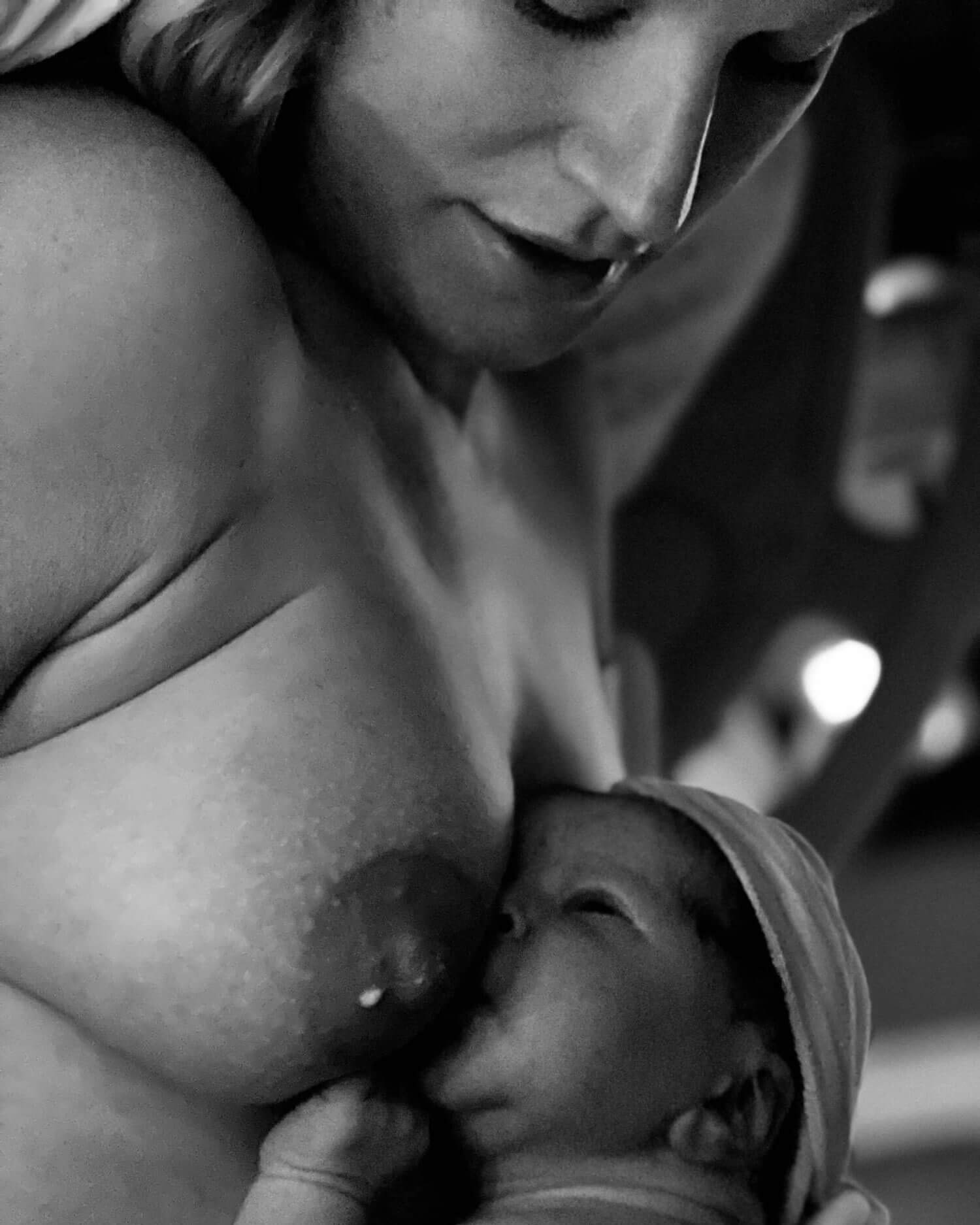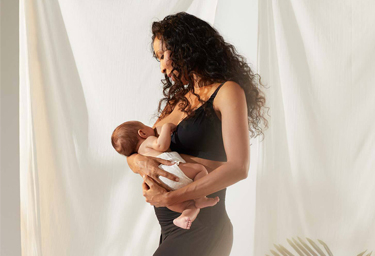You’ve probably heard about the four month sleep regression, but did you know the four month sleep regression is the first and only permanent neurological change in our babies’ sleeping patterns?
Typically, the regression occurs between 4-6 months of age (although it can occur as early as 12-14 weeks) and is due to a maturation of sleep cycles.
Once your little one experiences this neurological change, they will now spend more time in lighter N-REM sleep stages, meaning they’ll begin to surface (stir or wake completely) more frequently between sleep cycles. This becomes the driving factor behind why babies start to wake 2-4 hourly overnight, we all wake this frequently overnight.
Whilst there isn’t a set timeframe for frequent night waking to magically stop and return to “normal”, it’s important to know that for some babies the four month sleep regression is a minor sleep disturbance (a few days to a week), whilst for other babies, this can be the catalyst for poor sleep in the weeks and months to come if we don’t take steps to assist them to establish healthy sleep foundations.
I recommend taking active steps to move towards healthy sleep foundations if:
- Your baby has reached the four month sleep regression and you have experienced a deterioration in sleep.
- They frequently wake (day and night) and it’s becoming unsustainable to continue your current approach.
- It’s been occurring for two weeks or more.
These all mean that we may need to play a role in helping our little one to develop and maintain healthy sleep foundations long-term.
My Top 5 tips for Handling the Four Month Regression:
1. Become Aware of Awake Time
At four months of age your little one can handle around 1.75-2 hours awake time between naps. They also need around 3.5 hours total day sleep over 3 – 4 naps (depending on the consolidation of sleep cycles).
We are aiming for at least one to two naps in their cot each day and one nap in excess of one hour. This means providing the opportunity for re-settling (with support as needed) if they wake, especially under the 1 hour mark to learn how to link sleep cycles.
Allowing your little one the chance to resettle is a long-term investment that will pay off over 2-3 weeks. For more information you can download my nap routines.

They include detailed explanations on naps from 6 weeks through to 4 years and offer age summaries, nap structures as well as milk and solids guidelines to adapt to your little one and the whole family.

2. Take a Look at External Sleep Associations
Now is a great time to reconsider the role of any external sleep associations. These include feeding, rocking, holding and dummy.
Consider whether your baby’s sleep associations are working positively or negatively for their sleep and whether they are sustainable right now and in the long-term.
It should be noted that no external sleep association is “bad or wrong”, we just want to give our babies more than one tool in their ‘sleep’ tool belt to help them settle to sleep and develop healthy sleep foundations.
If you suspect an external sleep association is playing a role in your little one’s ability to self-settle or re-settle (i.e. if they are frequently fed and rocked to sleep each time), try reducing one aspect every 2-3 days until you wean off this association and give your little one the opportunity to gain more confidence and familiarity with settling on the mattress from calm and awake (with assistance initially).
If we put ourselves in our babies’ shoes for a moment, we can recognise that we wouldn’t feel comfortable falling asleep with one sleep association i.e rocked in mum’s arms and then waking to find no mum. This is how your little one can feel when they wake to find their environment has dramatically changed from when they initially fell asleep.

3. Does Your Baby Have a Full Belly?
How is milk feeding going? Is your baby feeding well? Are weight gains consistent and are they tracking along THEIR growth percentile? You don’t need a heavyweight champion to sleep well, but we do need to ensure we are getting enough calories in a 24 hour timeframe.
A side note – Hungry babies DON’T wake 2 hourly overnight. Waking 2 hourly overnight is likely a sleep association with re-settling between sleep cycles. This means your baby believes they need food to go back to sleep (which relates back to the previous point above).
Feeding overnight is not off limits though. It’s VERY reasonable for your little one to still have 1-2 feeds overnight at this age (just not every 2 hours).
And to be a myth buster for a moment, it’s important to note that early introduction of solids WILL NOT help your little one sleep through earlier. The same goes for switching to formula.
I encourage you to feed with confidence and if you have any concerns, seek out an International Board Certified Lactation Consultant (IBCLC) for further guidance and support on your breastfeeding journey.
3. Does Your Baby Have a Full Belly?
How is milk feeding going? Is your baby feeding well? Are weight gains consistent and are they tracking along THEIR growth percentile? You don’t need a heavyweight champion to sleep well, but we do need to ensure we are getting enough calories in a 24 hour timeframe.
A side note – Hungry babies DON’T wake 2 hourly overnight. Waking 2 hourly overnight is likely a sleep association with re-settling between sleep cycles. This means your baby believes they need food to go back to sleep (which relates back to the previous point above).
Feeding overnight is not off limits though. It’s VERY reasonable for your little one to still have 1-2 feeds overnight at this age (just not every 2 hours).
And to be a myth buster for a moment, it’s important to note that early introduction of solids WILL NOT help your little one sleep through earlier. The same goes for switching to formula.
I encourage you to feed with confidence and if you have any concerns, seek out an International Board Certified Lactation Consultant (IBCLC) for further guidance and support on your breastfeeding journey.
4. Assess and Modify the Sleep Environment
Is your baby’s sleep environment conducive to sleep?
Here’s my must-haves for a sleep environment that encourages sleep:
- Dark Room – I recommend a nice dark sleep environment from 3+ weeks of age right throughout childhood. This reduces external stimulation and makes it easier for your little one’s body to wind down for sleep. It additionally helps our little one release melatonin (our sleepy hormone) required for sleep.
- White Noise – White noise is non-addictive, non-engaging to the brain and safe to be used long-term. It’s also safe to play white noise at 50-60 decibels and can be played for the duration of naps and overnight for consistency between sleep cycles. The bonus with white noise is that it buffers external household noises – hello noisy neighbours, siblings or the annoying postman!
- Temperature – A consistent room temperature is the best way to regulate your little one’s temperature whilst they sleep. Your baby is unable to self-regulate their own temperature until 18+ months of age which means when they are hot – they are hot, when they are cold – they are cold. Ideally, we want to keep the room around 18-20 degrees over winter and 20-22 degrees over summer.
5. Early Bedtime
If your little one is falling significantly short on their overall sleep requirements, don’t be afraid to use an earlier bedtime to focus on setting up positive sleep changes at bedtime. This could be as early as 6:00 pm (when our body has the strongest drive for melatonin) and makes sleep easier to achieve in the first half of the night.
Whilst the four month sleep regression will be different for every baby, the best way to start to build healthy sleep foundations is to assess what is working for your little one, and what may need to be reconsidered long-term.
Healthy sleep foundations don’t have to feel like a big, overwhelming intervention and you can choose to focus on healthy sleep foundations at your own pace (even once a day is a great start!).
Need more information? Check out my website for a variety of blogs to help you on the path to better sleep. The topics I cover include catnapping, early rising as well as fourth trimester realistic expectations and more.
With Love,
Kelly
About the author:
Kelly Martin is a certified Infant and Child Sleep Consultant and potentially your new best friend when it comes to sleep. She is also a mum of 3 girls and helps parents optimise their little one’s sleep patterns by working with families on a one-on-one basis as well as running informative and supportive group workshops and an online Baby Sleep Foundations course.
After experiencing her own struggles with the sleep of her second child and receiving firsthand the benefits of working with a sleep consultant, Kelly was inspired to change careers. Now, having worked with over 2,000 families with children aged birth to four years, Kelly is committed to helping parents learn the skills they need to assist their children develop healthy sleep habits.
Kelly’s methods are holistic, researched, and evidence based. By employing a wide range of sleep coaching techniques, she cares for every child individually according to their age, personality, and cognitive development. When formulating a sleep solution for your child, Kelly considers a range of factors including their temperament, nap structure, milk and solids intake, and sleeping environment, along with your night-time sleep expectations and preferred parenting style. She respects the unique qualities of each family, child, and baby, and is a firm believer in there being no ‘one-size-fits-all’ approach to helping children achieve better sleep.











